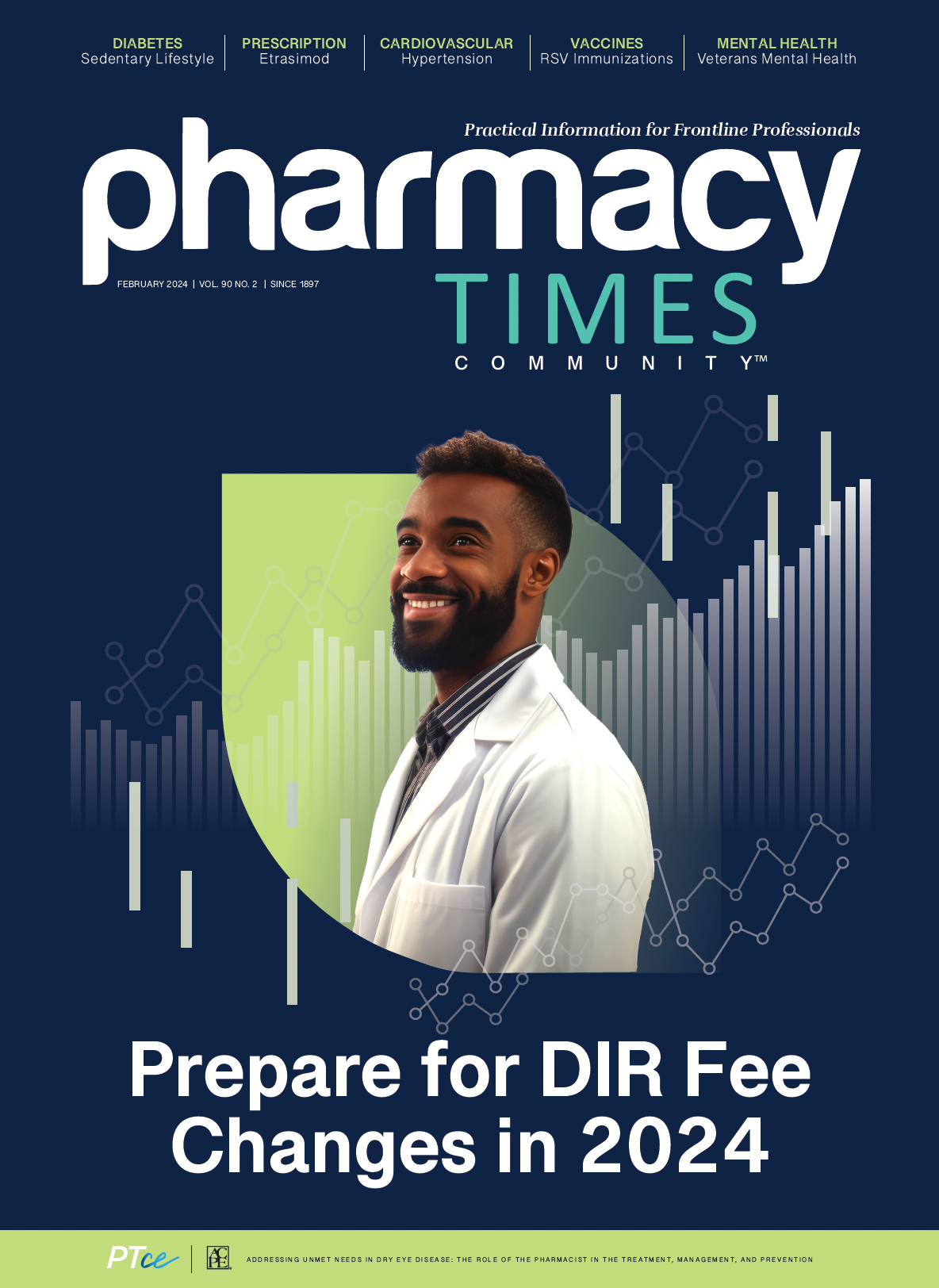About the Author
Jennifer Gershman, PharmD, CPh, PACS, is a drug information pharmacist and Pharmacy Times contributor who resides in South Florida.
Publication
Article
Pharmacy Times
Author(s):
Educating patients about lifestyle modifications is a critical part of preventing cerebrovascular events.
February is American Heart Month and a great time to showcase the pharmacist’s critical role in cardiovascular health. The American Pharmacists Association and CDC have partnered on a public health project to prevent heart disease and stroke in the US.1 Components of this project include medication therapy management (MTM) services, social determinants of health (SDOH) screenings, and interdisciplinary collaborations. Pharmacists play a vital role in stroke prevention through MTM.
Image credit: Chinnapong | stock.adobe.com

One randomized controlled trial evaluated whether pharmacist led oral anticoagulation (OAC) prescribing increased stroke risk reduction therapy in patients with atrial fibrillation (AF).2 The study included an early vs delayed (control group) pharmacist intervention of OAC therapy in community pharmacies. Participating pharmacies were required to have at least 1 pharmacist with independent prescribing authority by the Alberta College of Pharmacy and with electronic health record access.2
Jennifer Gershman, PharmD, CPh, PACS, is a drug information pharmacist and Pharmacy Times contributor who resides in South Florida.
Patients included in the study were 65 years or older with known, undertreated AF or previously unrecognized AF with 1 other stroke risk factor.2 There were 27 community pharmacies in Alberta, Canada, that participated in the study.2 Pharmacists received training through an online program that included a variety of AF modules, such as epidemiology, stroke risk schema, guidelines for OAC, and screening instructions.
Early intervention group participants received AF education, blood pressure evaluation, and an OAC prescription from a pharmacist.2 Additionally, patients received follow-up visits at 1 and 3 months. Pharmacists communicated OAC prescription changes to the primary care physician (PCP) during follow-up MTM consults. Patients in the delayed intervention group received AF education and were encouraged to follow up with their PCP. Patients who did not obtain optimized OAC therapy from their PCP after 3 months received delayed pharmacist intervention along with follow-up for up to 12 months.2
The study found that at 3 months, optimized OAC therapy occurred in 92.3% of patients in the early intervention group compared with 56.1% of participants in the control group (P < .001).2 This resulted in an absolute increase of 34% in appropriate stroke risk reduction therapy in the early pharmacist intervention group.2 This study showcases pharmacists’ important role in OAC prescribing to prevent strokes.
The American Heart Association and the American Stroke Association updated their primary stroke prevention guidelines in October 2024.3 Notable updates include screening for SDOH as part of stroke prevention, including health literacy, health care access, and education.3 Pharmacists should also educate patients about the Mediterranean diet because evidence shows it can reduce the risk of stroke.3 The Mediterranean diet typically includes fruits, vegetables, whole grains, fish, olive oil, and nuts.
The importance of exercise is another vital counseling point for patients. Studies show that prolonged sedentary behavior can increase the risk of stroke.3 Patients should participate in at least 150 minutes of moderate-intensity aerobic exercise or at least 75 minutes of vigorous-intensity physical activity each week.3
The guidelines also have specific recommendations about screening for stroke risk factors in women. Oral contraceptives, hypertension during pregnancy, endometriosis, and early-onset menopause are examples of risk factors that may raise the risk of stroke.3 Pharmacists also need to recognize transgender health as part of an inclusive MTM practice setting.3 Screening patients receiving estrogen therapy is important to identify stroke risk factors.
